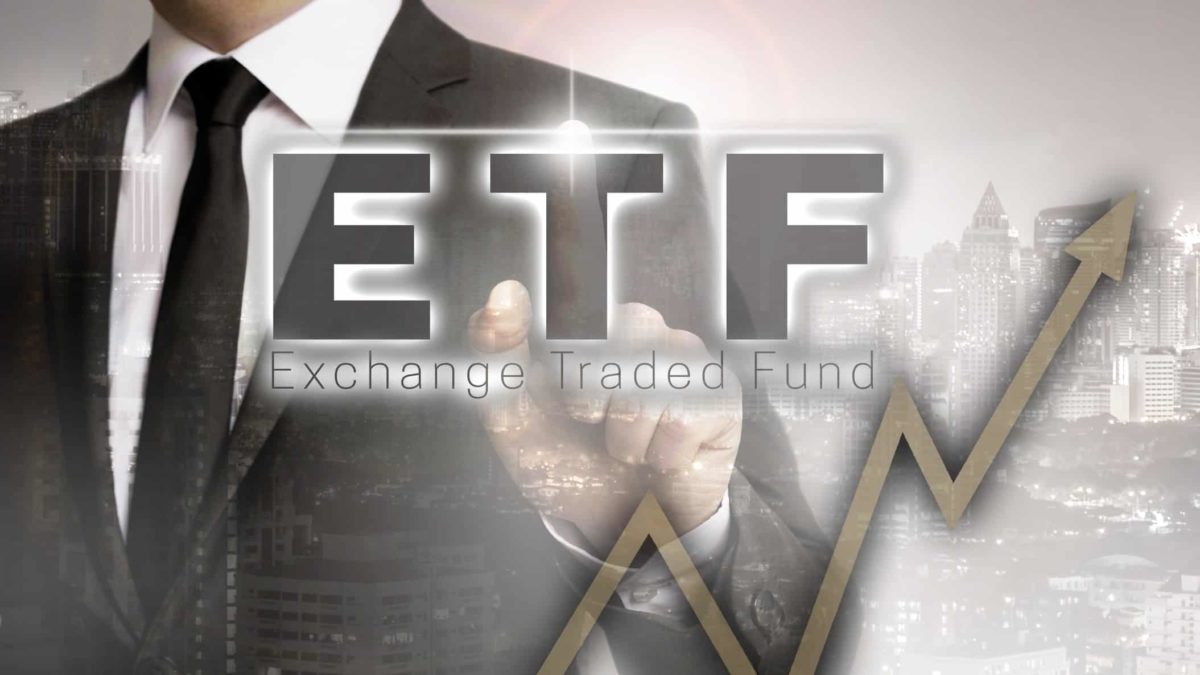It doesn't seem like there are too many days where exchange-traded funds (ETFs) aren't getting a lot of attention on the ASX these days. As we've discussed many times on the Fool recently, 2021 has only seen the ETF sector continue to balloon to new highs, both in terms of funds under management (FUM) and in raw numbers. Today, it seems, is no different.
ETFs are the talk of the investing town again this week. It comes after a new report in the Wall Street Journal (WSJ) finds that global ETF inflows over 2021 have topped US$1 trillion for the first time ever. That's already significantly above the US$735.7 billion of inflows that we saw across all of 2020 (and there's still more than a fortnight of 2021 to go!).
Value of global ETFs doubles in 2 years
Global ETF assets, including ASX ETFs, now reportedly stand at close to US$9.5 trillion which the WSJ notes is "more than double where the industry stood at the end of 2018". Staggering stuff. Most of those funds have found their way to low-cost index funds run by Vanguard, BlackRock (iShares) and State Street Corp. These providers reportedly control "more than three-quarters of all U.S. ETF assets". It has certainly helped that the flagship US S&P 500 Index (INDEXSP: .INX) has risen more than 27% year to date.
Head of ETF and index product mangement at Vanguard Rich Powers told the publication: "You have this historical precedent where you have tumultuous equity markets, and more and more investors have made their way to index products."
But that's not to say non-index ETFs are losing popularity. The US alone reportedly saw a record 3800 'active ETFs' launch. These ETFs act more like managed funds than index funds, actively selecting stocks for outperformance potential. Investors sent US$84 billion to these ETFs in 2021 so far. That's 10% of all US ETF inflows, up from 8% last year.
But a warning for investors who might find these funds attractive. The report confirms that "roughly 10% of the 371 U.S. active ETFs with full-year performance data are beating the S&P 500". Additionally, "more than a third are flat or negative for 2021".
So it's pretty evident that 2021 has been an exceptional year for ETFs across the board. Now for 2022, and whatever that brings…









